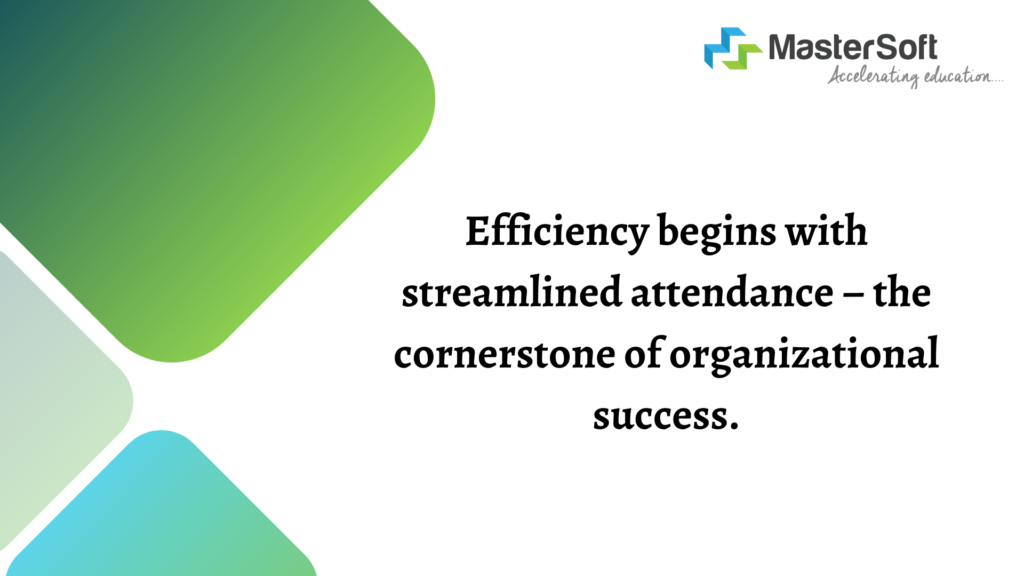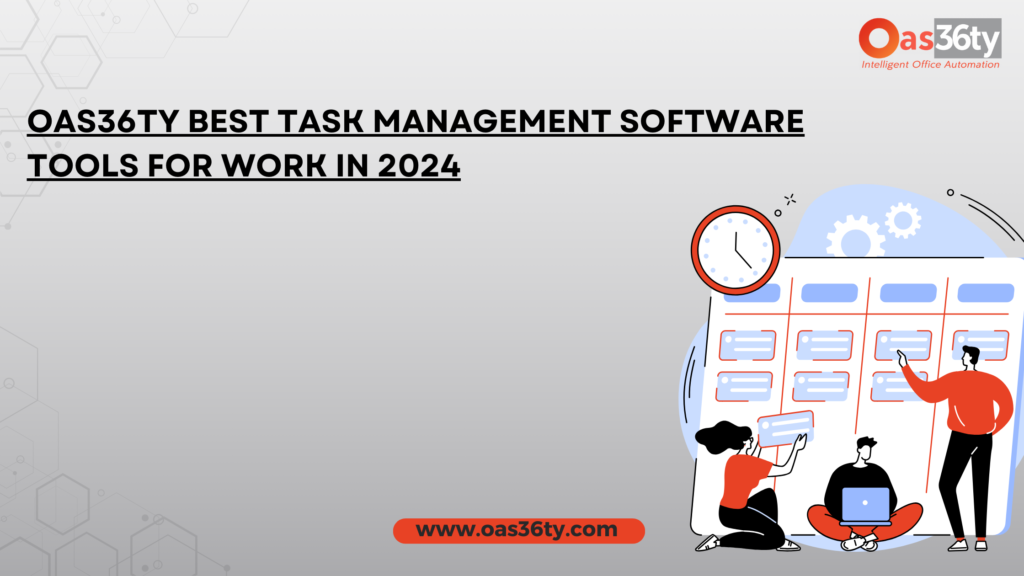Embracing Digital Transformation in Attendance Tracking
In the ever-evolving landscape of workforce management, attendance tracking has undergone a remarkable transformation from traditional paper-based methods to sophisticated digital systems. This evolution, driven by advancements in technology, has revolutionized how organizations monitor employee attendance and manage their workforce efficiently. In this blog post, we’ll trace the journey from paper to pixels, exploring the milestones and innovations that have shaped the evolution of attendance management system.
The Era of Pen and Paper: Limitations and Challenges
Historically, attendance tracking relied heavily on manual, paper-based methods such as time cards, attendance registers, and handwritten logs. While these methods served their purpose, they were fraught with limitations and challenges. From the risk of human error and inaccuracies to the cumbersome task of data entry and processing, the reliance on pen and paper posed significant hurdles for organizations seeking to manage attendance effectively.
The Advent of Electronic Time Clocks: Automating Timekeeping
The advent of electronic time clocks marked a significant milestone in the evolution of attendance tracking systems. These devices automated the process of timekeeping, allowing employees to clock in and out electronically using magnetic stripe cards or punch cards. While electronic time clocks offered improvements in accuracy and efficiency compared to manual methods, they still lacked the advanced functionalities and flexibility of modern attendance management systems.
Rise of Computer-Based Systems: Transition to Digital Platforms
With the proliferation of computers and software technology, attendance tracking systems made the leap from mechanical devices to digital platforms. Computer-based systems emerged, offering organizations the ability to record and track employee attendance using software applications installed on desktop computers. These systems provided enhanced features such as real-time data processing, reporting capabilities, and integration with other HR functions.
Introduction of Web-Based Solutions: Anytime, Anywhere Access
As internet connectivity became more widespread, web-based attendance tracking solutions entered the scene, revolutionizing the way organizations managed attendance. These cloud-based systems offered anytime, anywhere access to attendance data via web browsers, eliminating the need for on-premises software installations and enabling remote workforce management. Additionally, web-based solutions provided scalability, flexibility, and seamless updates, making them ideal for businesses of all sizes.
Integration with Biometric Technology: Ensuring Accuracy and Security
The integration of biometric technology marked a significant advancement in attendance tracking systems, enhancing both accuracy and security. Biometric identifiers such as fingerprints, facial recognition, and iris scans replaced traditional methods of employee authentication, virtually eliminating the risk of buddy punching and time theft. Additionally, biometric attendance systems offered unparalleled accuracy and reliability, ensuring precise tracking of employee hours.
Mobile Apps and Geolocation: Empowering On-the-Go Workforce
With the prevalence of smartphones and mobile technology, attendance tracking systems evolved to include mobile apps and geolocation features. Employees could now clock in and out using their smartphones, with geolocation technology verifying their presence at the designated work location. This innovation empowered organizations with remote or mobile workforces to accurately track employee attendance, regardless of their location.
Advanced Analytics and Reporting: Harnessing Data for Insights
Modern attendance management systems leverage advanced analytics and reporting capabilities to provide organizations with valuable insights into workforce trends and patterns. By analyzing attendance data, organizations can identify absenteeism trends, optimize staffing levels, and forecast future workforce needs. These insights enable data-driven decision-making, allowing organizations to enhance operational efficiency and productivity.
Conclusion: Embracing the Digital Future of Attendance Tracking
In conclusion, the evolution of attendance tracking systems from paper to pixels reflects the ongoing digital transformation in workforce management. From manual time cards to sophisticated biometric solutions, each innovation has brought us closer to a future where attendance tracking is seamless, accurate, and efficient. By embracing these advancements and leveraging the power of digital technology, organizations can streamline their attendance management processes and unlock new levels of productivity and success.
Read More Blog Here



